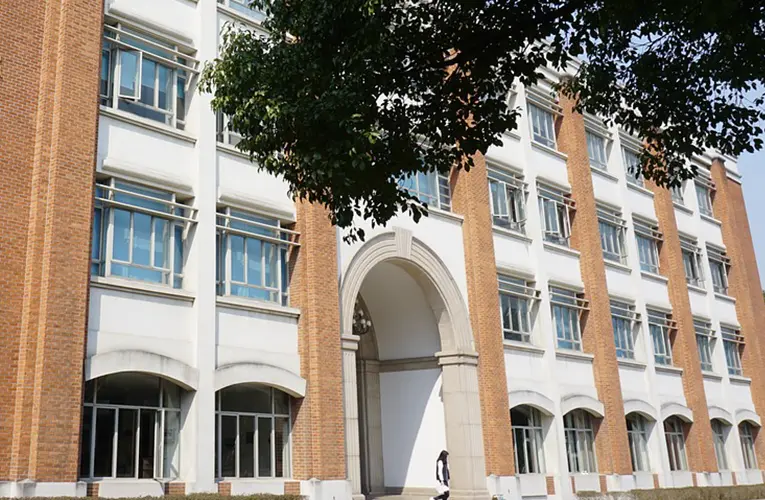“Institutions of Influence: Legendary Universities from North America”
### Introduction
– **Purpose**: Introduce the influence of legendary universities from North America globally.
– **Scope**: Define the focus on significant universities, their contributions, and influence.
– **Thesis Statement**: Argue that North American universities play a pivotal role in shaping global education and research.
### Section 1: Historical Evolution of North American Universities
– **Early Foundations**: Trace the origins and development of universities in North America from colonial times to the present.
– **Landmark Events**: Highlight key milestones and historical events that shaped the evolution of higher education in the region.
– **Influential Figures**: Discuss notable figures and educators who contributed to the establishment and growth of these universities.
### Section 2: Characteristics of Legendary North American Universities
– **Academic Excellence**: Explore the commitment to academic rigor, research, and innovation in leading universities.
– **Campus Culture**: Describe the unique campus environments, traditions, and student life experiences.
– **Global Rankings**: Analyze their rankings and recognition on a global scale in various academic disciplines.
### Section 3: Impact on Education and Research
– **Global Reach**: Discuss how North American universities attract international students and faculty, fostering diversity and global perspectives.
– **Research Contributions**: Highlight significant research breakthroughs and innovations originating from these universities.
– **Educational Leadership**: Evaluate their role in setting trends and standards for higher education worldwide.
### Section 4: Alumni Influence and Networks
– **Notable Alumni**: Profile prominent alumni who have made significant contributions in various fields (e.g., politics, business, academia).
– **Alumni Networks**: Discuss the influence of alumni networks in supporting educational initiatives and fostering collaborations.
### Section 5: Diversity and Inclusivity
– **Diversity Initiatives**: Explore efforts towards inclusivity, equity, and access in North American universities.
– **International Programs**: Highlight initiatives and programs that promote cultural exchange and global understanding.
– **Challenges and Progress**: Address challenges related to diversity and inclusivity, along with ongoing efforts for improvement.
### Section 6: Partnerships and Collaborations
– **Industry Partnerships**: Discuss collaborations with industries and corporations for research and innovation.
– **Global Partnerships**: Highlight international partnerships and collaborations with universities and institutions worldwide.
– **Impact on Society**: Evaluate the societal impact of these collaborations in addressing global challenges and advancing knowledge.
### Section 7: Challenges and Future Outlook
– **Funding Challenges**: Address financial pressures and funding issues facing North American universities.
– **Adaptation to Technological Advances**: Discuss the integration of technology in education and research practices.
– **Future Trends**: Predict future trends in higher education and the evolving role of North American universities on the global stage.
### Section 8: Case Studies and Success Stories
– **Case Studies**: Provide specific examples of successful initiatives, partnerships, or innovations from legendary North American universities.
– **Impact Assessment**: Evaluate the tangible outcomes and societal impact of these initiatives.
– **Lessons Learned**: Extract lessons and best practices applicable to global higher education institutions.
### Conclusion
– **Summary**: Recap the influence and legacy of legendary universities from North America.
– **Global Impact**: Reflect on their contributions to global education, research, and societal development.
– **Closing Statement**: Emphasize the ongoing relevance and future potential of North American universities in shaping the world’s knowledge and innovation landscape.
### References
– **Bibliography**: List sources cited throughout the article, including academic papers, institutional reports, interviews, and expert opinions.










